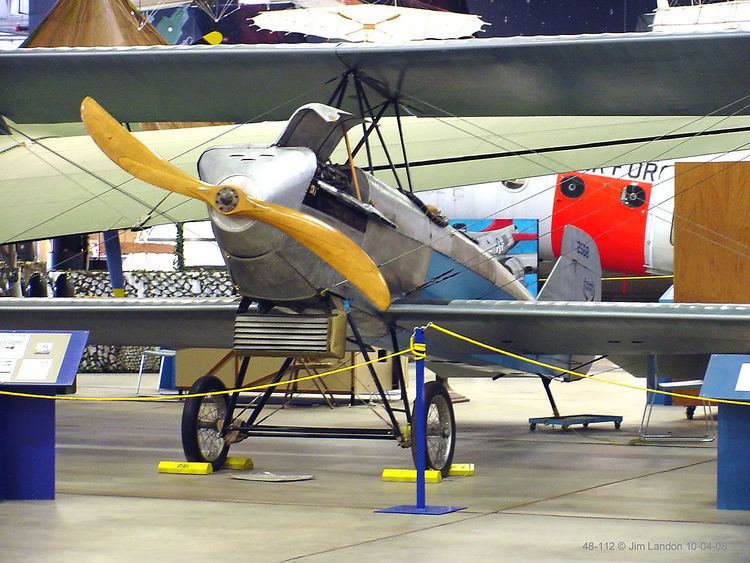 | ||
A scimitar propeller is shaped like a scimitar sword, with increasing sweep along the leading edge. Typically scimitar propellers are constructed of lightweight or composite materials. In the early 1900s they were made of laminated wood. The combination of light weight and efficient aerodynamics results in more power and reduced noise.
Propfan engines use contra-rotating scimitar propellers to achieve turboprop efficiency levels at high subsonic air speeds comparable to that of turbofans.
Turboprops have a fairly narrow sweet spot at speeds below about 450 mph. All propellers lose efficiency at high speed, due to an effect known as wave drag which occurs just below supersonic speeds. This powerful form of drag exhibits sudden onset, and it led to the concept of a sound barrier when it was first encountered in the 1940s. In the case of a propeller, this effect can happen when the prop is spun fast enough that the tips of the prop start travelling near the speed of sound, even if the plane itself is not moving forward.
This can be controlled to some degree by adding more blades to the prop, thus absorbing more power at a lower rotational speed. This is why some World War II fighters started with two-blade props and were using five-blade designs by the end of the war. The only downside to this approach is that adding blades makes the propeller harder to balance and maintain. At some point, though, the forward speed of the plane combined with the rotational speed of the propeller will once again result in wave drag problems. For most aircraft, this will occur at speeds over about 450 mph.
A method of decreasing wave drag was discovered by German researchers in World War II: sweeping the wing backward. Today, almost all aircraft designed to fly much above 450 mph (700 km/h) use a swept wing. In the 1940s, NACA started researching propellers with similar sweep. Since the inside of the prop is moving more slowly than the outside, the blade becomes progressively more swept toward the outside, leading to a curved shape similar to that of a scimitar.
The propfan concept was intended to deliver 35% better fuel efficiency than contemporary turbofans, and in this they succeeded. In static and air tests on a modified DC-9, propfans reached a 30% improvement. This efficiency comes at a price, as one of the major problems with the propfan is noise, particularly in an era where aircraft are required to comply with increasingly strict EASA and FAA noise requirements for certification.
